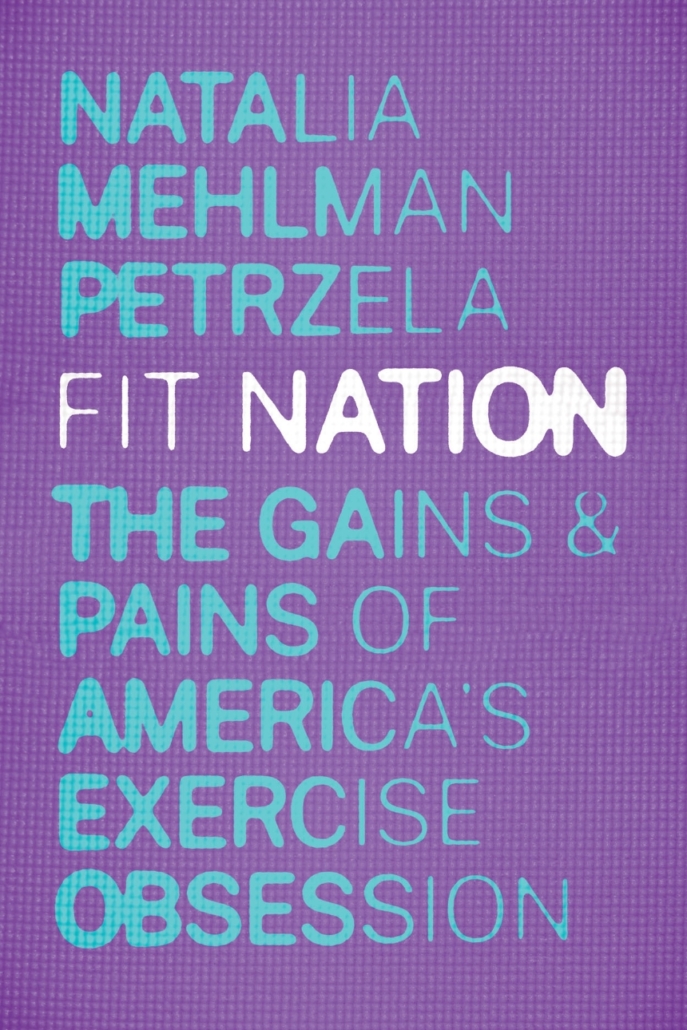“A whirlwind journey…” — The New York Times
“Petrzela rips back the plush carpet of elite institutions to reveal the rotting foundation beneath.” — The Washington Post
“Petrzela’s account moves at a quick-lap pace: She scans the market from top to bottom, from the Equinox gym to the Zumba class in a local church hall.” — The Wall Street Journal
How is it that Americans are more obsessed with exercise than ever, and yet also unhealthier? Fit Nation explains how we got here and imagines how we might create a more inclusive, stronger future.
If a shared American creed still exists, it’s a belief that exercise is integral to a life well lived. A century ago, working out was a strange subculture, but today, it’s almost impossible to avoid exhortations to exercise: Walk 5K to cure cancer! Ignite your inner sex kitten at pole-dancing class! Sweat like (or even with) a celebrity in spin class! Exercise is everywhere.
Yet the United States is hardly a “fit nation.” Only twenty percent of Americans work out consistently, over half of gym members don’t even use the facilities, and fewer than three out of ten high school students get an hour of exercise a day. So how did fitness become both inescapable and inaccessible?
Spanning over a century of American history, Fit Nation answers these questions and more through original interviews, archival research, and a rich cultural narrative. As a leading political and intellectual historian and a certified fitness instructor, Natalia Mehlman Petrzela is uniquely qualified to confront the complex and far-reaching implications of how our contemporary exercise culture took shape. She explores the work of working out not just as consumers experienced it, but as it was created by performers, physical educators, trainers, instructors, and many others.
For Petrzela, fitness is a social justice issue. She argues that the fight for a more equitable exercise culture will be won only by revolutionizing fitness culture at its core, making it truly inclusive for all bodies in a way it has never been. Ranging from the stage of the World’s Fair to Muscle Beach to fat farms to feminist health clinics to radical and evangelical college campuses to yoga retreats to gleaming health clubs to countless school gymnasiums, and much more, Fit Nation is a revealing history of fitness that shows it to be not just a matter of physical health but of what it means to be an American.






